Alongside the ecommerce boom, we’ve also seen the rapid expansion of the 3PL (third-party logistics) industry. There’s a lot of reasons for this. Some of them make immediate sense, while others require more nuance. After all, sometimes the digital space can be really, really complex.
So, what is a 3PL? How do businesses– both ecommerce and brick-and-mortar– make use of them? Should every business use a 3PL? And, if you’re looking to bring a 3PL on board, what should you look for?
3PL definition
We’ve already established that 3PL stands for “third-party logistics,” but what does 3PL mean? To understand the 3PL definition, you’ll need to understand logistics. Generally speaking, “logistics” refers to how resources are handled. For businesses, that means acquisition, storing, and shipping. A 3PL is any separate entity that manages these processes for a business.
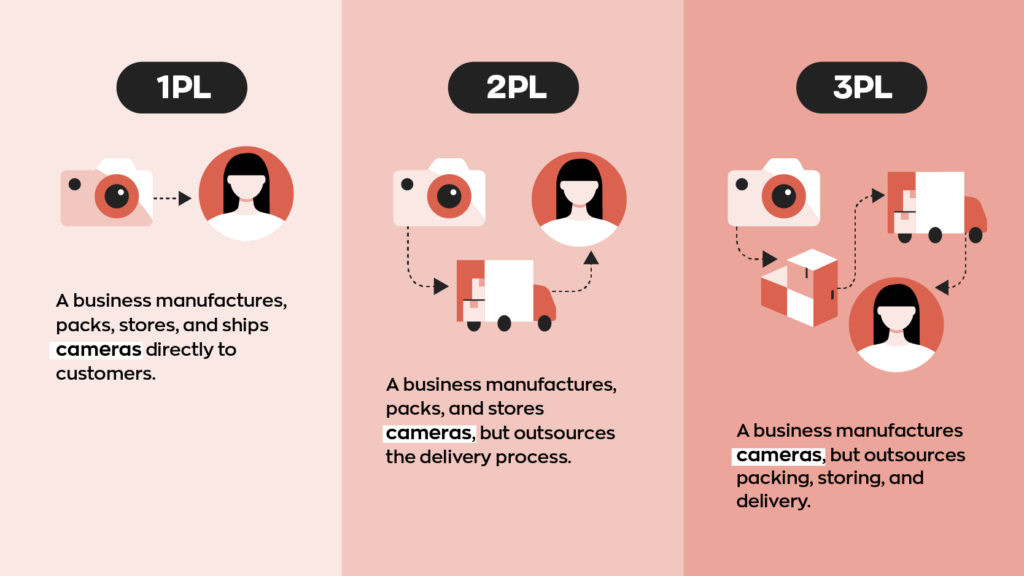
When did 3PL become popular?
While it’s true that 3PL warehousing has seen rapid growth over the last few years, its roots can be traced back to the 1700s, during the emergence of rail and steam transportation. Despite this ancestry, however, it wasn’t until the 2000s 3PLs began to see an increase in popularity. This was primarily thanks to the increasing reach of the internet, which in turn allowed businesses to reach larger audiences.
It’s also worth noting that many ecommerce merchants already use a 3PL, though perhaps unknowingly. Amazon is an incredibly popular ecommerce system that many merchants use regularly. On top of their platform, they also offer a program called Fulfillment by Amazon (FBA). Merchants that use FBA have their products stored and shipped by Amazon. While this is more of an all-inclusive service, it still falls into the category of 3PL.
Why do businesses use 3PL?
In most cases, a business is perfectly capable of handling every part of logistics themselves. However, to take care of everything in-house, companies would need to create entirely new departments and hire a much larger workforce, which comes at a cost.
But even when a business handles things in-house, there’s often some external party involved. For example, nearly every business relies on a third party for shipping, whether that’s USPS or DHL.
Even if these services offer better rates for enterprises, that adds up over time. There’s also invisible costs to consider. Employees will need to spend time making drop-offs and organizing shipments, and that leaves less time for other tasks. This can directly lead to a higher workforce requirement, further increasing overhead costs. And it’s important to remember that a higher staffing requirement doesn’t just mean more wages. In the US, for example, the law requires employers to provide full-time employees with healthcare and other benefits.
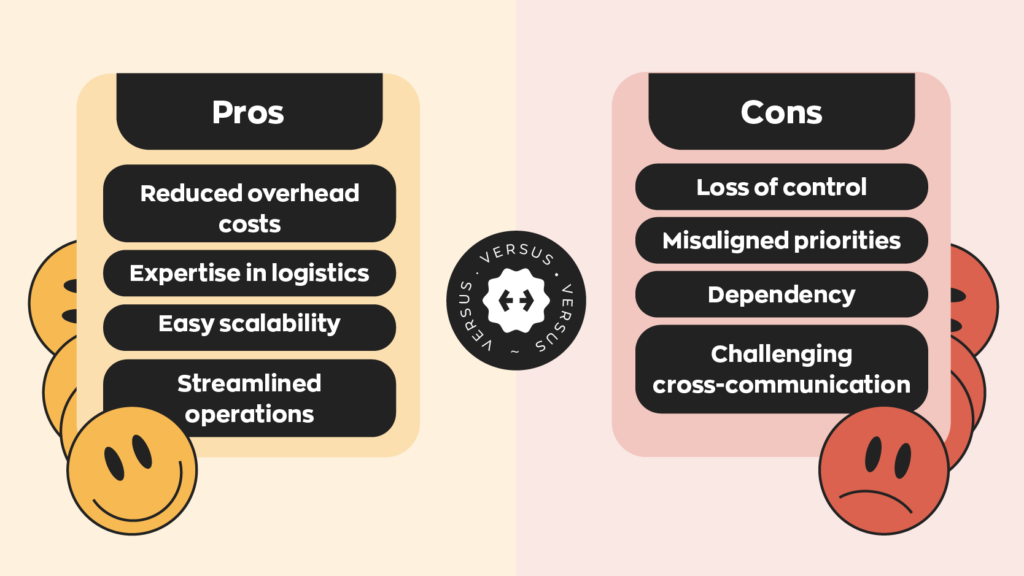
3PL warehousing does away with that entirely. They have their own employees and equipment and merely handle logistics. This most often means storing and delivering, but in some cases, a 3PL may also handle product acquisition. In exchange for a fee, a 3PL removes the burden of logistics. In turn, this frees the business up to handle other tasks.
Should every business use 3PL warehousing?
It depends. Small businesses may find the fees prohibitive, and medium-sized ones may be content to handle logistics on their own. Assuming steady growth, however, it’s likely that– at some point– they’ll find themselves falling behind on orders. At which point, it might make a lot of sense to partner with a 3PL to handle the influx of orders. It’s likely quite a bit cheaper than expanding to meet the demand.
As for ecommerce, using 3PL services makes a lot of sense for many small businesses. A big part of ecommerce’s appeal is its decentralized nature. Cutting out the brick-and-mortar storefront and warehouse also reduces overhead costs, including rent, utilities, property taxes, and employee wages.
Not owning a storefront or warehouse means you’ll need to fill these gaps somehow. And that’s where 3PLs come in. They’ll handle storage and shipping while the ecommerce shop focuses on marketing and outreach. As a side note, dropshippers may be able to avoid storage fees, but they tend to rely on 3PL shipping.
It’s also worth noting that some industries prefer absolute control over their product over convenience. These tend to be niche products that are highly customized.
What should you look for in a 3PL?
It might feel a bit intimidating if you’re in the market for a 3PL. There’s a lot of different services, and each one has its own price point and terms of service. We’re not comfortable giving outright recommendations– we don’t know your business well enough for that! But we can tell you some things to look out for.
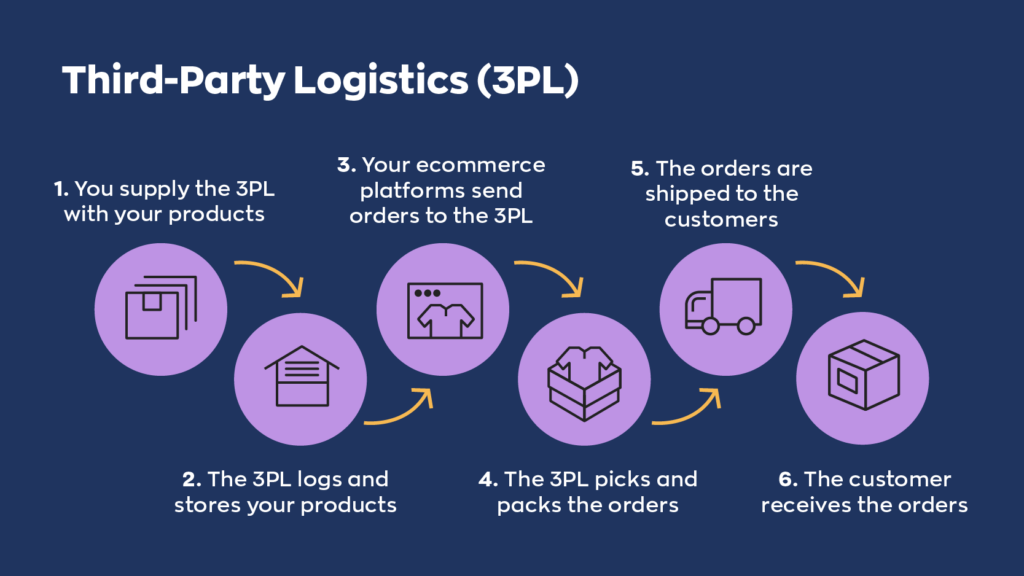
Price point
Considering that the point of using a 3PL is cutting costs, you should be comparing numbers. If the fees for the 3PL are more than you’re paying currently, there’s no point in switching. At a minimum, a 3PL should save 5% on logistics. The higher that number is, the better.
Reputation and experience
Using a 3PL is a bit of a double-edged sword. It cuts costs but involves placing your reputation into the hands of an outside entity. That’s inherently risky, and it’s why people tend to go with established 3PL services. They’ve proven over time that others can rely on them.
Technology
It’s no secret that adopting technology is the best way for businesses to stay ahead of the curve. So, with that in mind, it’s best to look for a 3PL provider that is using the most advanced technology solutions. For example, our software inFlow can handle things like purchase and sales orders, invoicing, and real-time inventory tracking. It even seamlessly integrates with other platforms, such as QBO and Shopify.
Geographic Region
Where you do business will restrict the 3PLs you can choose from. This is something you should consider early on in your search. Consider where your customers are located and choose a 3PL provider with a distribution network that can reach those regions efficiently. This will help reduce shipping costs and delivery times.
Industry Specialization
Specific industries require specialized logistical needs. For example, if you’re selling a product that needs to be kept cold, you would need to find 3PL warehousing with the experience and equipment necessary to deliver these types of products. These providers will better understand your unique requirements and challenges and how to deal with them.
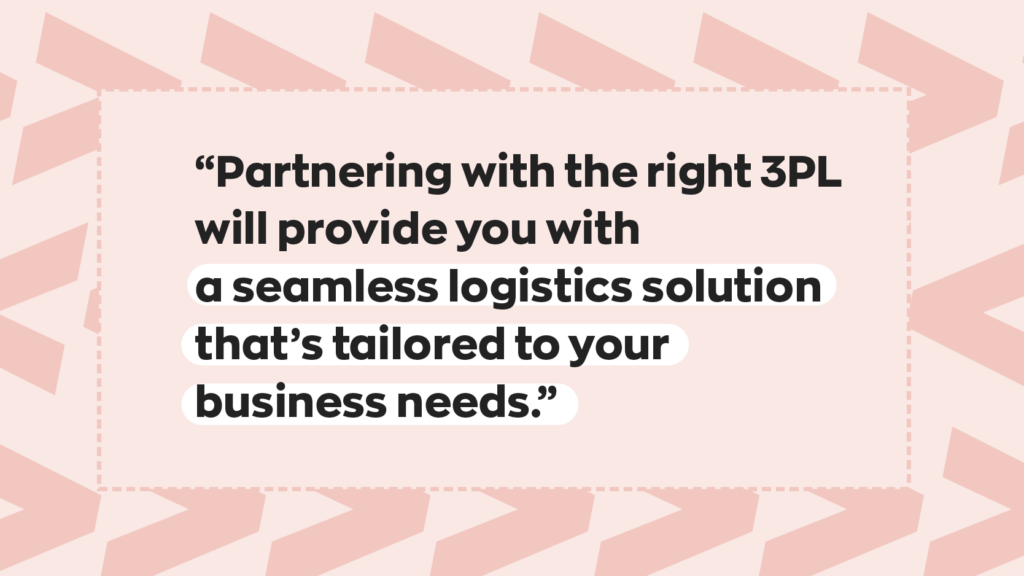
How can I improve my 3PL business?
For most businesses, attracting customers comes down to offering a superior product or service. It’s no different for the 3PL variety. But for 3PLs, that usually comes down to improving and streamlining internal processes.
If you’re a 3PL interested in improving your overall business, implementing modern technology will give you the most bang for your buck. Our warehouse and distribution management software is great for 3PLs and comes at varying price points tailored to your specific needs. We packed inFlow with a ton of features, like real-time inventory tracking across multiple locations, robust reporting, and a built-in barcoding system that allows you to pick, pack, and ship right from our mobile app.


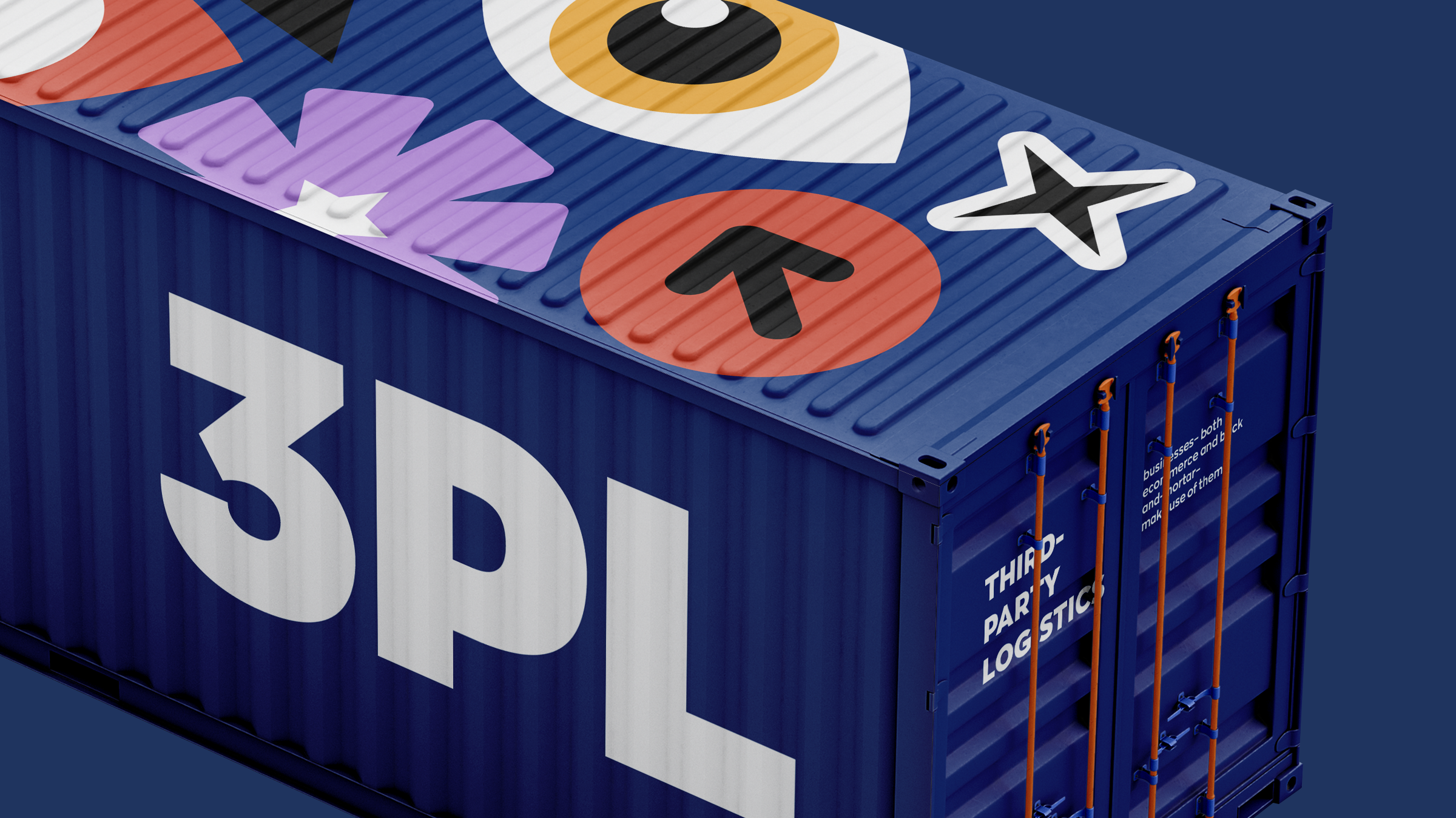


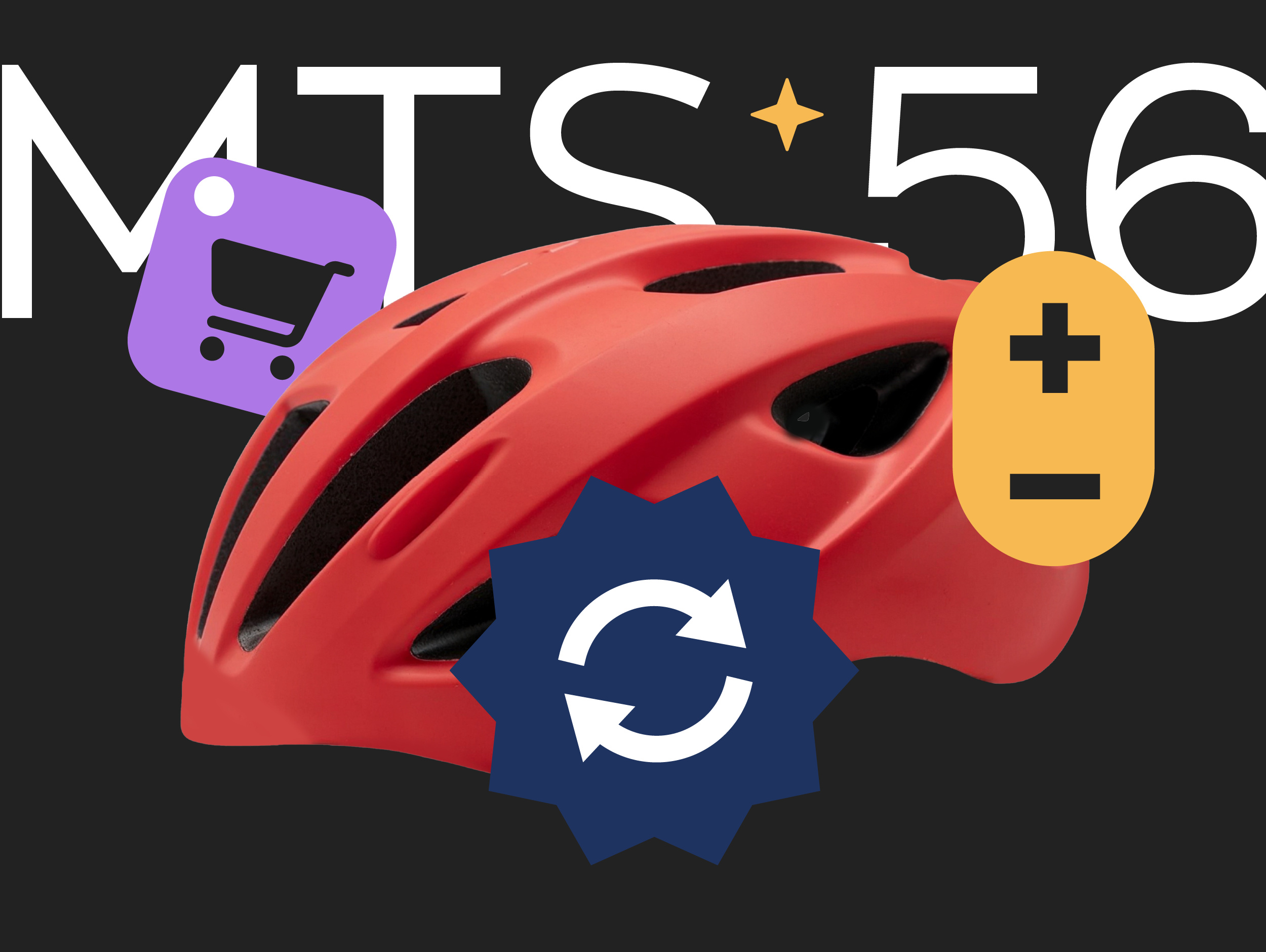
Keep up the amazing work! I’m looking forward to reading more posts from you.
Thanks for reading!